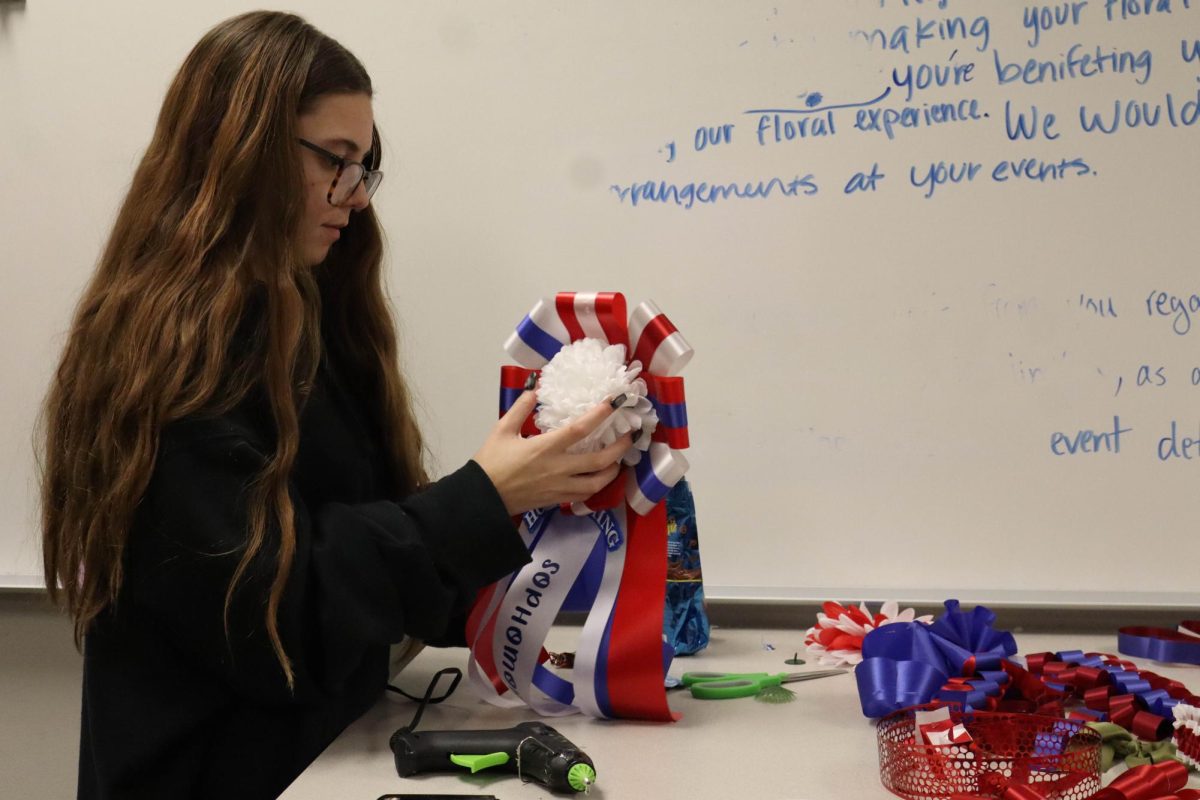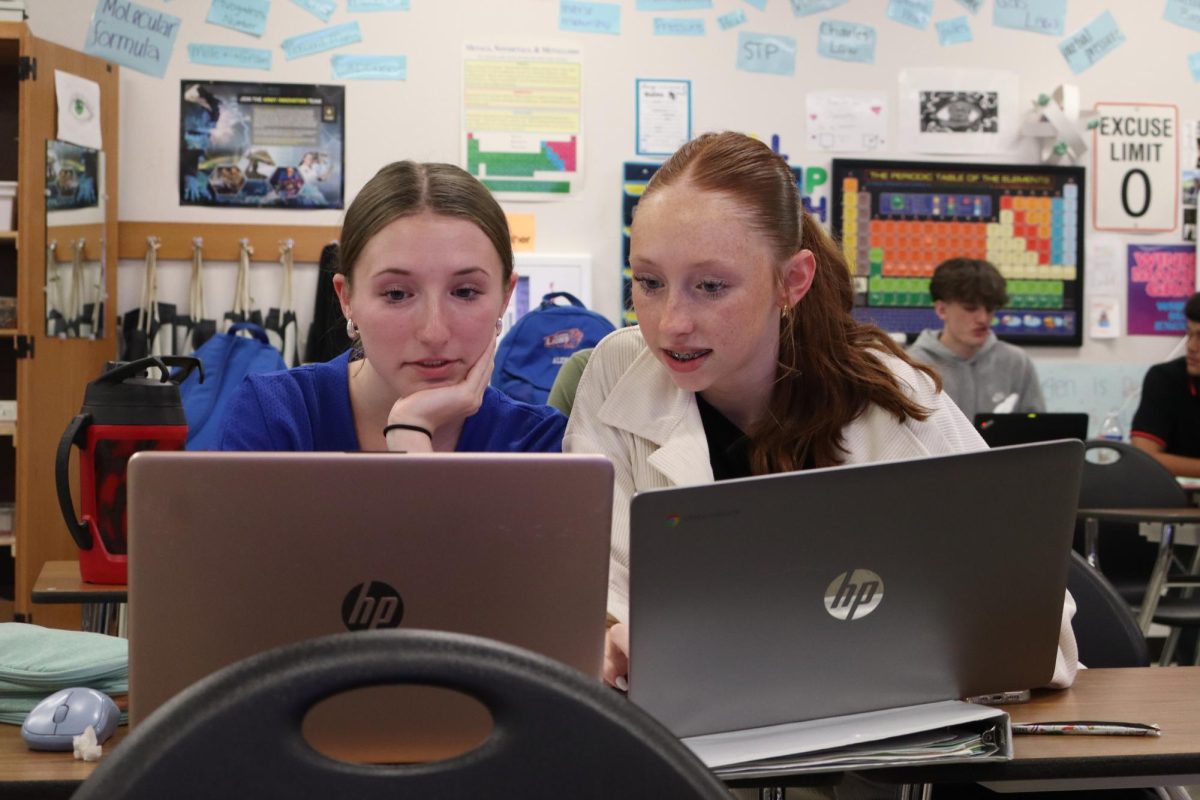Born in 1911 to the whispering grasses of Missouri, mums first spread to Texas through Baylor University to nearly overshadow the homecoming football game. Traditionally, a humble chrysanthemum adorned a garter and was given by boys to their dates. The modern use of extravagant amounts of nonbiodegradable materials year after year should be slowed to a pace our Earth can manage.
In the age of internet and inspiration, the early 2000s saw an explicit rise in extremity in almost all areas of culture: school spirit was no exception. Piggybacking on the common colloquialism, everything is bigger in Texas, access to information and ideas at the fingertips of high schoolers caused the simplistic mum to explode. The classic design transformed to include artificial flowers, ribbons, lights, feather boas, charms, stuffed animals and all of the bells and whistles imaginable.
Like all things capitalism, the rise in want inspired businesses to market and sell mums, the average sold is priced between $75 and $500. And, like all things overconsumption, they tend to be thrown away after their use has been fulfilled, bringing the lifespan of mums, at a maximum, to two weeks. Two weeks to celebrate and some hundred years for every ribbon on every mum to decompose; we do not have that long.
In spite of ecological issues, mums offer an artistic, remedial outlet from the mudslide school year for the creative brain to indulge in. This reprieve through crafting cannot be minimized, as it stimulates mood boosts, reduces stress and, builds community. Floral Design, students, for example, make mums in class, and friend groups may make a day out of it.
Mums, therefore, cannot be put on the chopping block in good conscience, as they provide a much needed break for creativity to thrive and bring joy to the zombie lives of October students. Although the environmental scar will remain for many years, the practice of mum making need not be sacrificed, if we commit to reusing the ribbons, the flowers, the lights and feathers for years to come.



